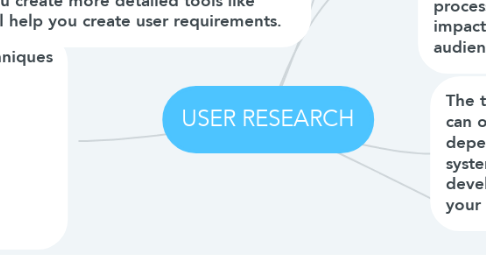USER RESEARCH
by Joshua Pratama

1. Basic Steps of User Research � 1. Define primary user groups. This involves creating a framework that describes the main types of users you’re designing for—allowing you to focus your efforts in recruiting users for research. 2. Plan for user involvement. This includes choosing one or more techniques for involving user groups in research, based on the needs of your project. 3. Conduct the research. We’ll cover the basic techniques here, such as interviews and surveys, and provide tips on how to go about them. 4. Validate your user group definitions. Using what you learned from the research, you can solidify your user groups model. This model will then serve as a platform for the development of more detailed tools, such as personas. 5. Generate user requirements. These are statements of the features and functions that the site may include. Add to business requirements and prioritize them to become project requirements
2. User Research Thechniques There are : -User Interview -Contectual inquiry -Surveys -Focus groups -Gard sorting -Usability Testing
3. After Research : - Review the assumptions you originally made about your user groups - If the earlier assumptions weren’t valid, consider any gaps you may have in your user research because a key group wasn’t included - Adjust and add another set of participants to research in progress, to ensure you’re getting a full picture. - Revise your user definitions to more accurately reflect the groups that should be the focus - This will help you create more detailed tools like personas and will help you create user requirements.
4. User research focuses on understanding user behaviors, needs, and motivations through observation techniques, task analysis, and other feedback methodologies. Mike Kuniaysky further notes that it is “the process of understanding the impact of design on an audience.”
5. The types of user research you can or should perform will depend on the type of site, system or app you are developing, your timeline, and your environment.


